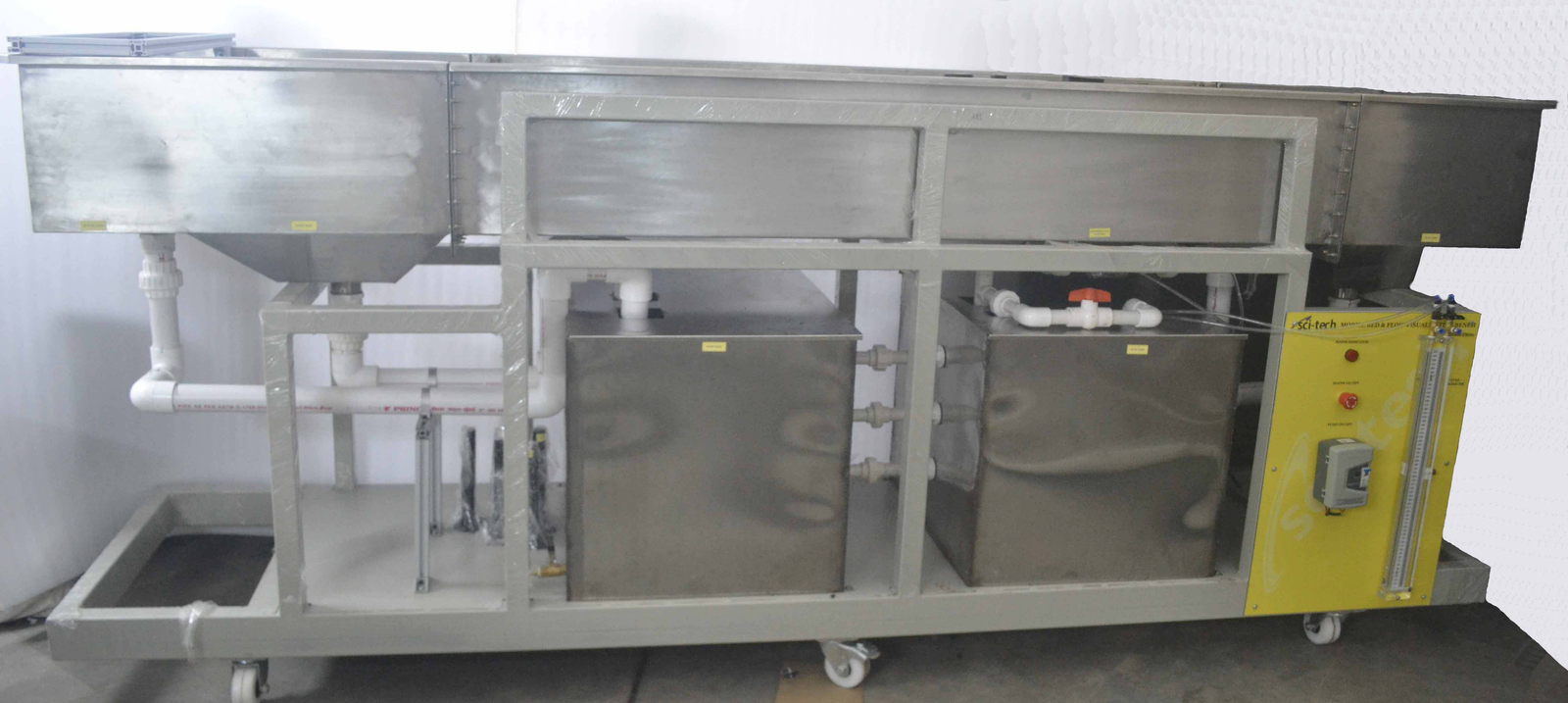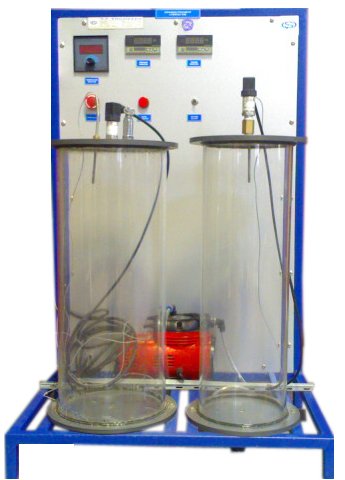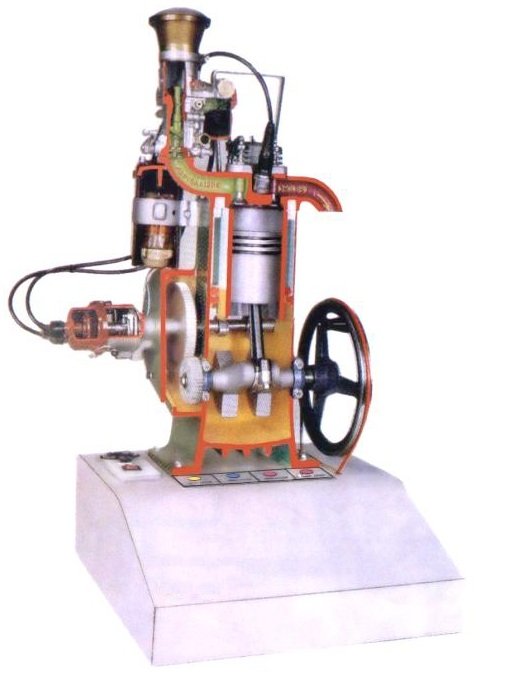Flow Visualization Bench Model FM 80
Sci-tech Flow Visualization Bench Model FM 80 consists of a flow channel made of Fiber Reinforced Plastic (FRP) with inlet, outlet tanks.
The test section is formed by between two walls. Two rotating impellers driven by a variable speed DC Motor force the water through the test section. A flow straightener is used to straighten the water flow through test section. Different flow velocities can be attained by changing the speed of rotation of the vanes. Dye tracer medium is injected through the injectors in the stream of water to visualize the water flow lines. Different shaped models are available for testing the flow pattern around them.
Detailed Operation & Maintenance Manual is provided along with the trainer.
Features
Mobile, bench mounted unit.
Variable speed vanes for developing different velocities in the test section.
SS or Non-corrosive materials used for construction of flow channel & accessories










